7 common landscape photography mistakes (and how to avoid them)
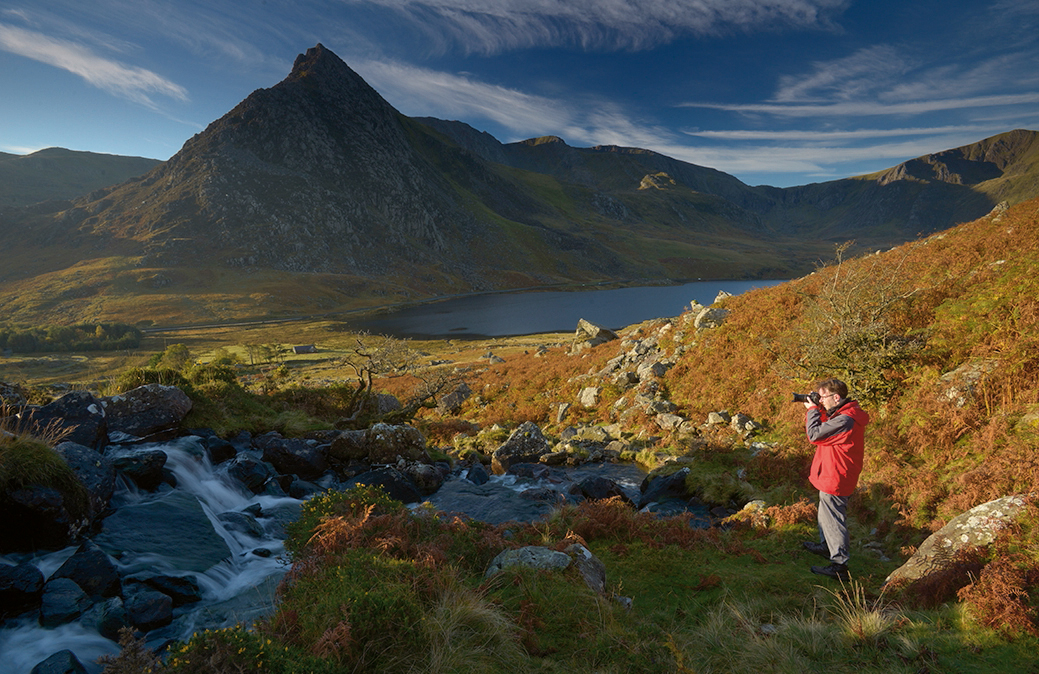
Landscapes are one of the most popular and inspiring subjects to photograph, and there are many different ways in which you can capture them. From wide-open vistas full of depth of field to tightly framed scenes that hone in on a detail or texture to moody monochrome images and serene long exposures, you can stretch your creative vision far and wide.
But despite the variety of ways in which you can capture the natural world, there are some common pitfalls that can trip up even the more experienced photographer. You shouldn’t sweat these, though. We all go through them and it’s a natural part of the learning process. The important thing is to learn from those mistakes and use them as an opportunity to improve and grow as a photographer.
So don't be afraid to take risks and try new things – you never know what you might learn or discover. With practice and patience, you will become a better photographer and produce beautiful, high-quality landscape images.
Below we've rounded up the most common mistakes photographers make when shooting landscapes and outlined what you can do to avoid them.
1: Inaccurate white balance
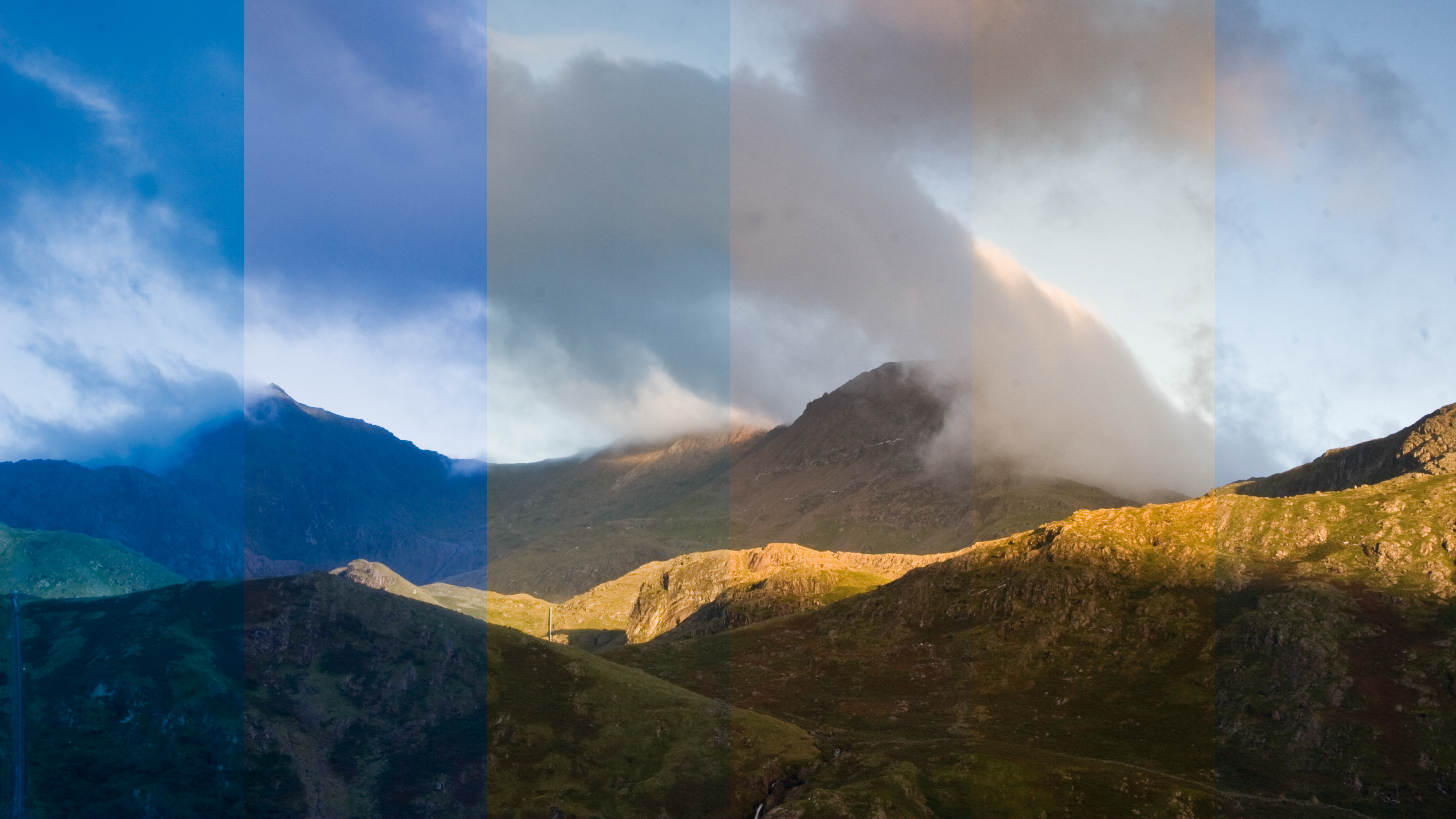
One of the most common mistakes photographers make when shooting landscape images is not properly setting the white balance. White balance is the process of adjusting the colors in an image to accurately reflect the colors of the scene as they appear in real life. If your camera’s white balance is not set correctly, the colors in the image may appear distorted or unnatural. For more accurate colors, you can either use your camera's Automatic White Balance setting or set it manually using a gray card or another reference object.
2: Using a cheap lens
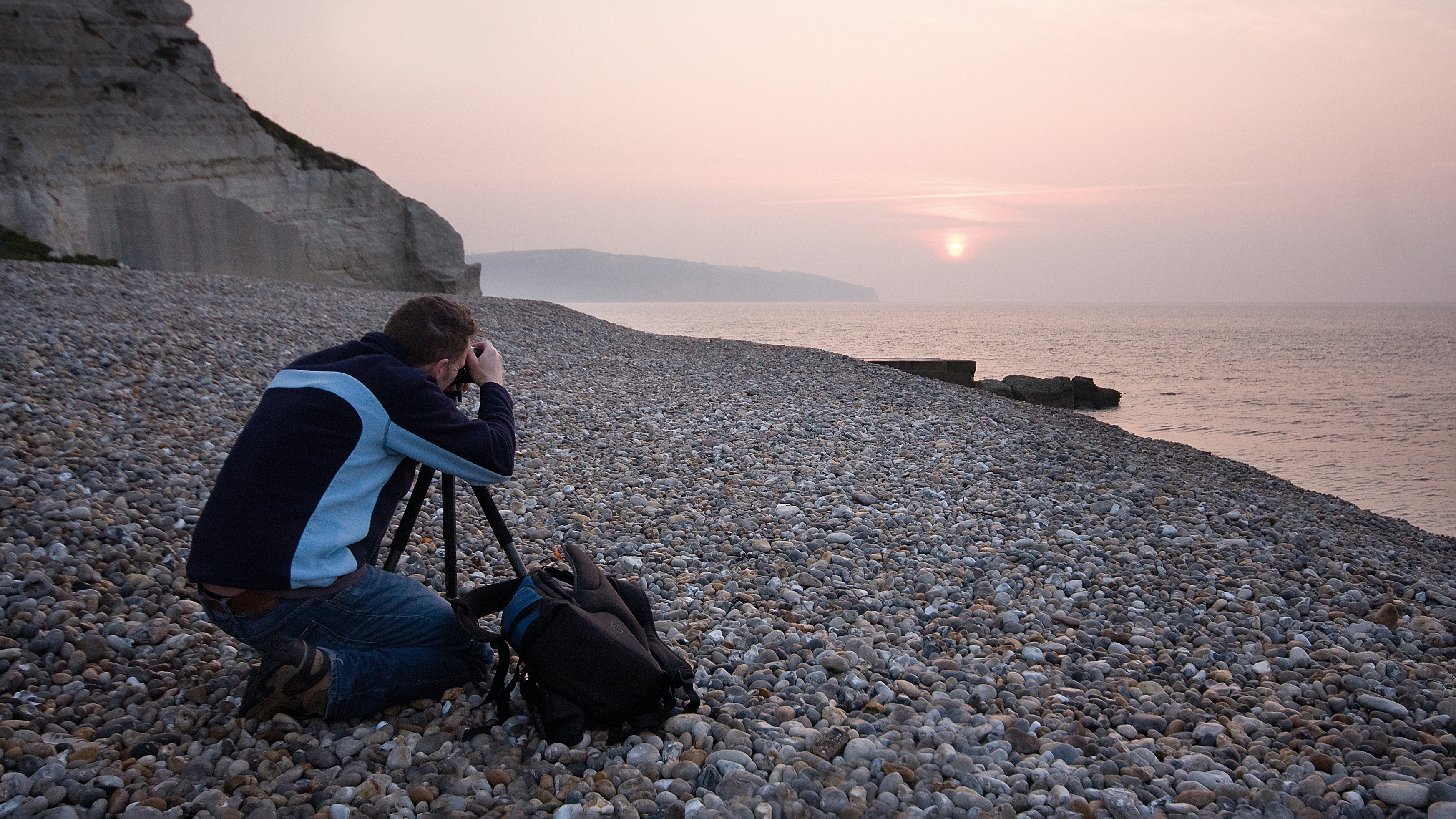
Another mistake photographers often make when shooting landscape images is using a low-quality lens. Yes, lenses are expensive, but you don’t need to break the bank to get a capable optic. A lens with a low aperture (f/number) will allow more light to enter the camera, and more light means more detail, richer colors and better overall image quality. Cheaper lenses at the budget end of the market are made from lower quality elements and often result in an image that is blurry or lacks detail. Spending just a little bit more on a lens often provides a big leap up in image quality compared to budget lenses. You’ve invested all that money in your camera - wouldn’t you want to use it to its full potential? See our guide to the best lenses for landscapes
3: Composition mistakes
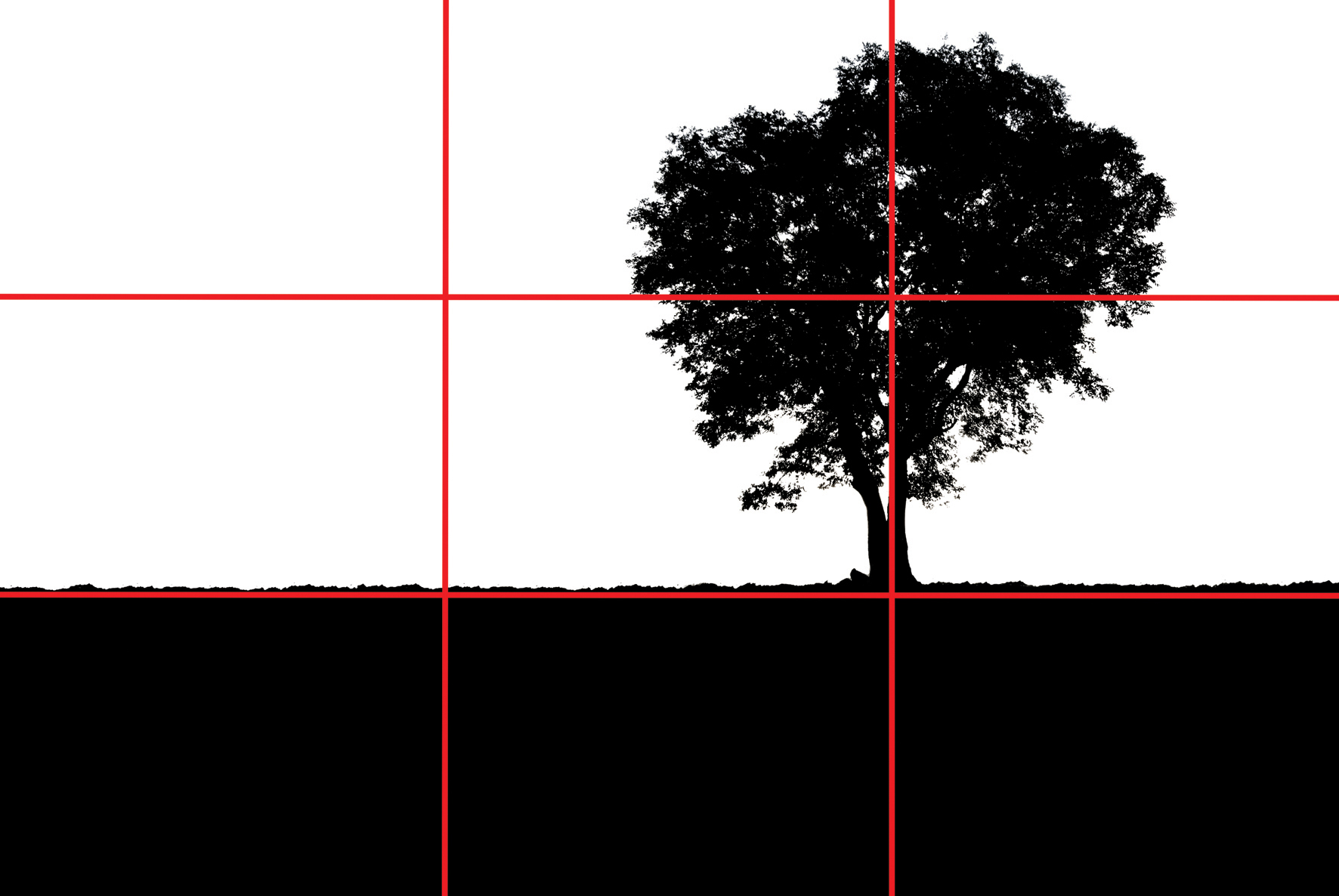
One of the big pitfalls of new landscape photographer is not paying attention to the composition of an image. Too often, we think that it’s as simple as pointing our camera at a beautiful scene, but there is actual science behind image composition!
Composition means the arrangement of elements in an image, and it plays a crucial role in the overall impact and effectiveness of that image. Some common mistakes in landscape composition include centering the subject, placing the horizon line in the middle of the frame and including too many distracting elements in the scene. To compose your images more effectively, try using the Rule of Thirds, leading lines, and frames-within-frames to draw the viewer's attention to the subject of the image.
4: Wonky horizons
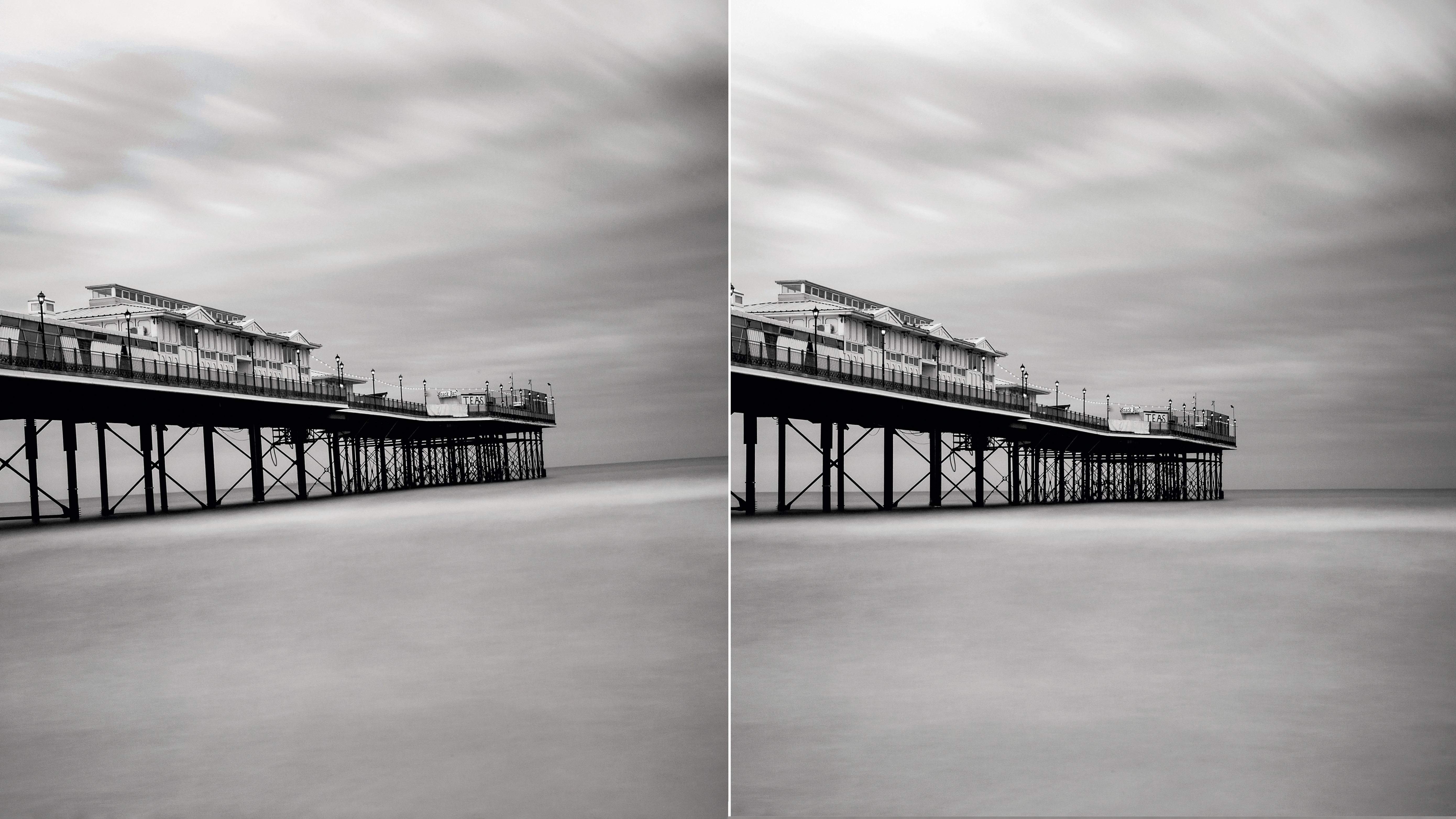
Yes, technically this is a composition problem and could be included above, but because it’s so pervasive and trips up even the most experienced photographers, it’s worth giving it its own space.
Some people seem to have a natural ability for holding a camera level, while others seem like they’re standing on a trampoline in high heels! Getting the horizon level when you’re shooting from an unusual angle is especially tricky, and if you don’t get it right you’ll have to rotate and crop the image post-capture, especially if there’s water in it. While it’s easy to rotate an image to level the horizon, it does mean cropping out some of your carefully composed image, so it’s best to avoid it if you can!
The easiest solution is to use a level to indicate when the camera is on an even keel. This can be a bubble level on your tripod or a little spirit level that slots into your camera’s hotshoe. Alternatively, many cameras now have a digital level built-in that can be displayed in the viewfinder or on the LCD screen.
5: Over- and underexposure
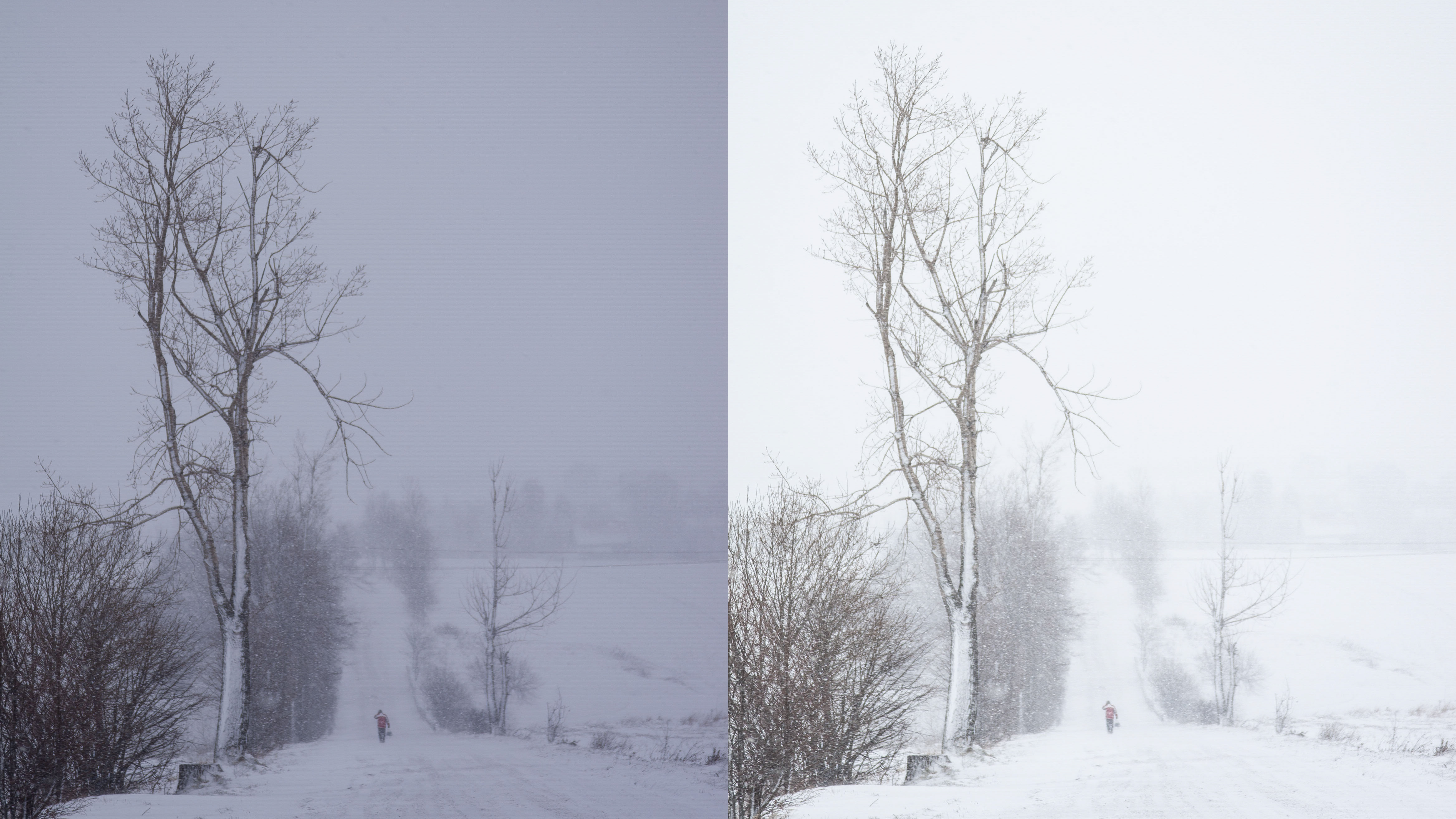
It sounds obvious, but one of the biggest spoilers of landscape images is simply not properly exposing the scene. Proper exposure is the balance of light and shadow in an image, and it can make a big difference in the overall quality of the image. If an image is underexposed, it will appear too dark and may lack detail. If an image is overexposed, it will appear too bright and may have blown-out highlights.
To ensure proper exposure, take a test shot and see how it looks. If you’re using a mirrorless camera with an EVF, this will provide you with a live preview of your scene so you can see in real-time if it’s exposed properly. Your camera’s histogram will also provide you with an exposure graph that can guide you. If your histogram is all bunched up to the left or to the right, you have under- and overexposure, respectively. Adjust your settings until you get a nice, flat line. And finally, shooting raw files gives you so much more flexibility in post-production to fix exposure issues you may not catch at the shooting stage.
6: Not noticing the time of day
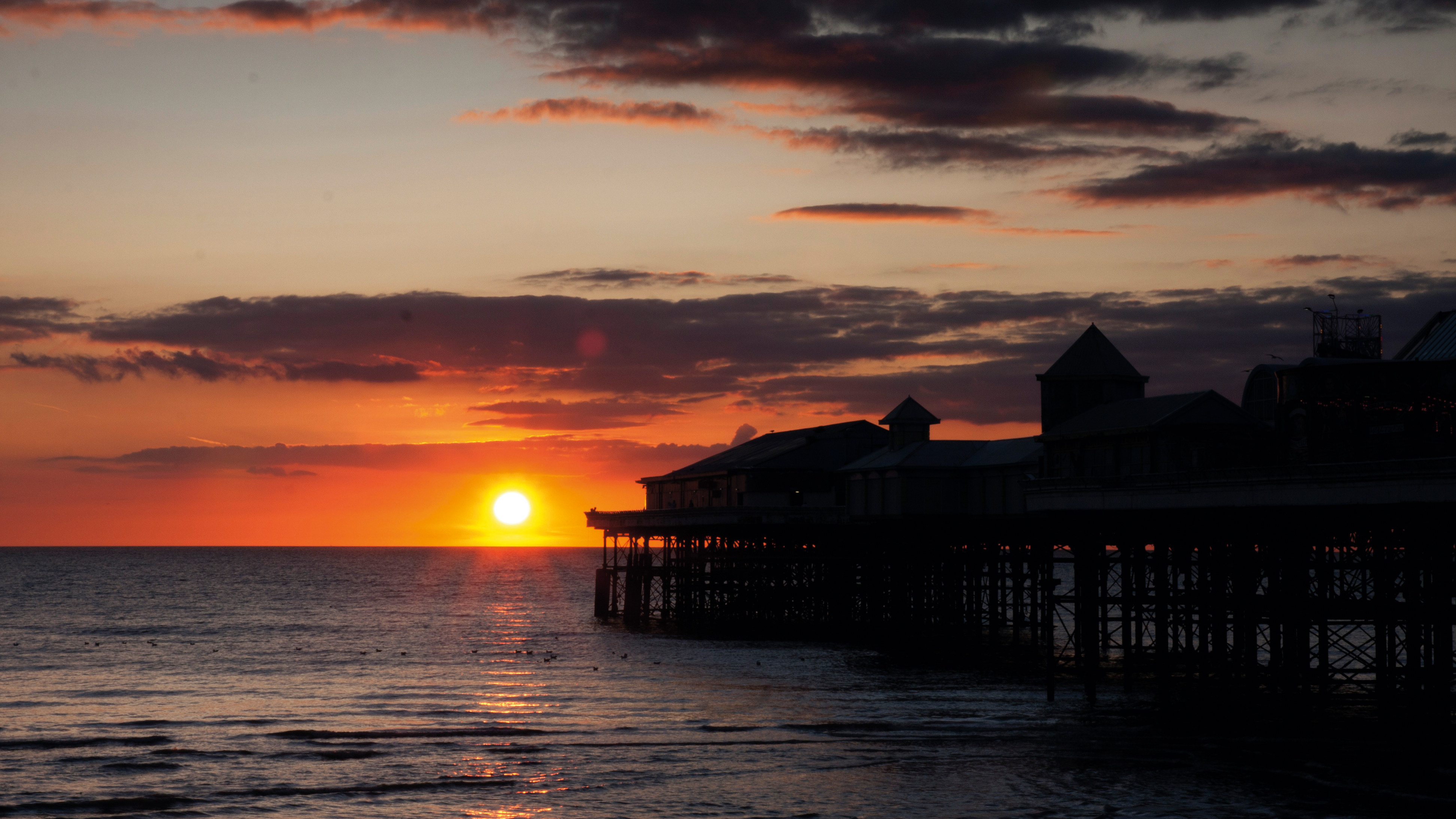
Not paying attention to the time of day is an easy thing to do when you’re caught up in your craft and exploring natural wonders. But the time of day can have a significant impact on the lighting and overall mood of a landscape image. Shooting during the golden hours (just after sunrise and just before sunset) can result in beautiful, warm, golden light that can add depth and dimension to an image.
On the other hand, shooting during the middle of the day can result in harsh, direct light that can create stark shadows and flat images. To make the most of the light, try to plan your landscape shoots around the golden hours.
7: Image blurred
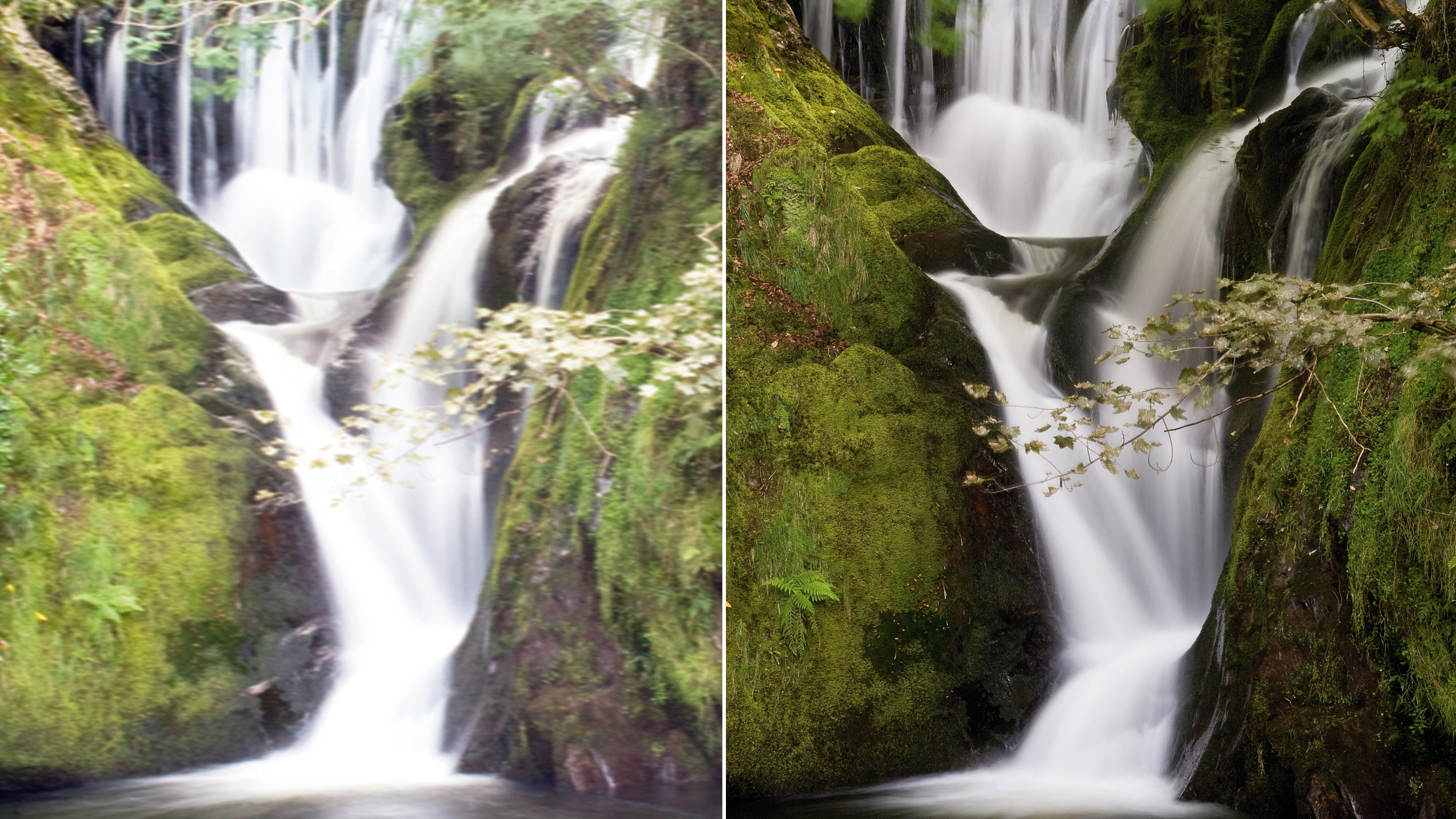
Using a small aperture while keeping the sensitivity low is the best way to record the maximum amount of detail, but it also means you need to dial in a slow shutter speed. This, unfortunately, adds the risk of camera shake, which is image blur caused by accidental camera movements.
Rather than pushing up the sensitivity and introducing noise, the best way to avoid camera shake is to mount your camera on a sturdy tripod. And if you’re shooting at very slow shutter speeds, you’ll probably also want to use a remote release to trigger the camera. Yes, even the small act of pressing the shutter button can create movement in the camera that will soften an image.
Get the Digital Camera World Newsletter
The best camera deals, reviews, product advice, and unmissable photography news, direct to your inbox!
